Zhezhu Jin
ASGrasp: Generalizable Transparent Object Reconstruction and Grasping from RGB-D Active Stereo Camera
May 09, 2024Abstract:In this paper, we tackle the problem of grasping transparent and specular objects. This issue holds importance, yet it remains unsolved within the field of robotics due to failure of recover their accurate geometry by depth cameras. For the first time, we propose ASGrasp, a 6-DoF grasp detection network that uses an RGB-D active stereo camera. ASGrasp utilizes a two-layer learning-based stereo network for the purpose of transparent object reconstruction, enabling material-agnostic object grasping in cluttered environments. In contrast to existing RGB-D based grasp detection methods, which heavily depend on depth restoration networks and the quality of depth maps generated by depth cameras, our system distinguishes itself by its ability to directly utilize raw IR and RGB images for transparent object geometry reconstruction. We create an extensive synthetic dataset through domain randomization, which is based on GraspNet-1Billion. Our experiments demonstrate that ASGrasp can achieve over 90% success rate for generalizable transparent object grasping in both simulation and the real via seamless sim-to-real transfer. Our method significantly outperforms SOTA networks and even surpasses the performance upper bound set by perfect visible point cloud inputs.Project page: https://pku-epic.github.io/ASGrasp
MIPI 2024 Challenge on Nighttime Flare Removal: Methods and Results
Apr 30, 2024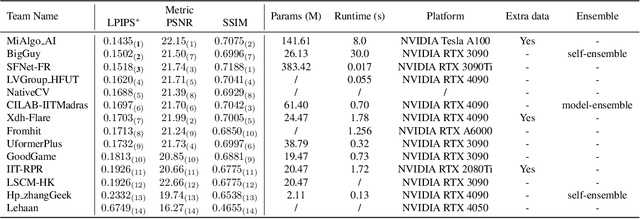

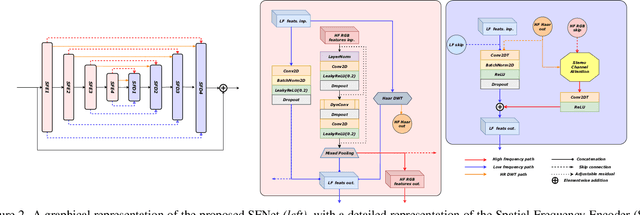
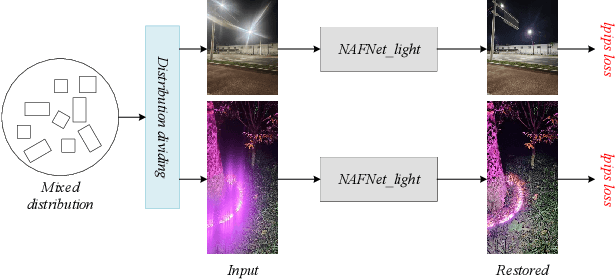
Abstract:The increasing demand for computational photography and imaging on mobile platforms has led to the widespread development and integration of advanced image sensors with novel algorithms in camera systems. However, the scarcity of high-quality data for research and the rare opportunity for in-depth exchange of views from industry and academia constrain the development of mobile intelligent photography and imaging (MIPI). Building on the achievements of the previous MIPI Workshops held at ECCV 2022 and CVPR 2023, we introduce our third MIPI challenge including three tracks focusing on novel image sensors and imaging algorithms. In this paper, we summarize and review the Nighttime Flare Removal track on MIPI 2024. In total, 170 participants were successfully registered, and 14 teams submitted results in the final testing phase. The developed solutions in this challenge achieved state-of-the-art performance on Nighttime Flare Removal. More details of this challenge and the link to the dataset can be found at https://mipi-challenge.org/MIPI2024/.
AIM 2022 Challenge on Super-Resolution of Compressed Image and Video: Dataset, Methods and Results
Aug 25, 2022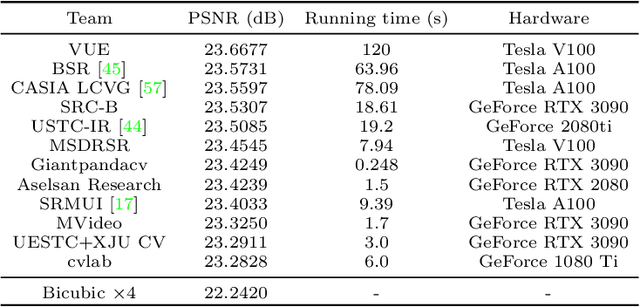
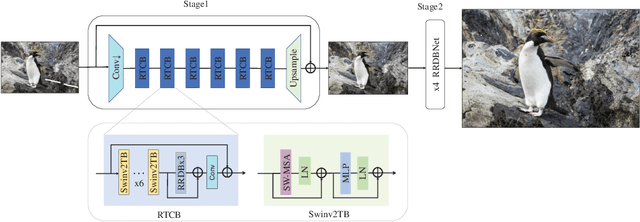
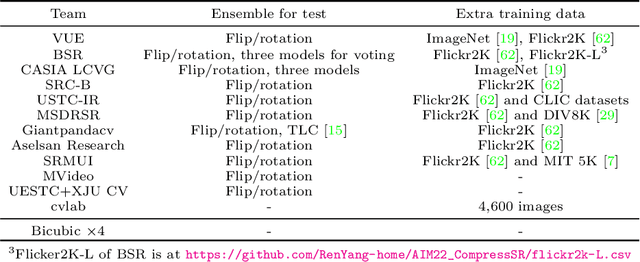
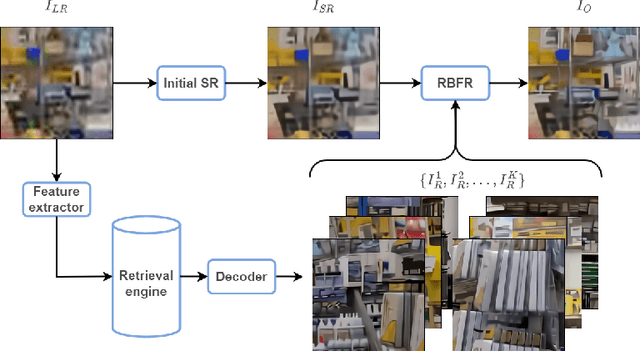
Abstract:This paper reviews the Challenge on Super-Resolution of Compressed Image and Video at AIM 2022. This challenge includes two tracks. Track 1 aims at the super-resolution of compressed image, and Track~2 targets the super-resolution of compressed video. In Track 1, we use the popular dataset DIV2K as the training, validation and test sets. In Track 2, we propose the LDV 3.0 dataset, which contains 365 videos, including the LDV 2.0 dataset (335 videos) and 30 additional videos. In this challenge, there are 12 teams and 2 teams that submitted the final results to Track 1 and Track 2, respectively. The proposed methods and solutions gauge the state-of-the-art of super-resolution on compressed image and video. The proposed LDV 3.0 dataset is available at https://github.com/RenYang-home/LDV_dataset. The homepage of this challenge is at https://github.com/RenYang-home/AIM22_CompressSR.
SwinFIR: Revisiting the SwinIR with Fast Fourier Convolution and Improved Training for Image Super-Resolution
Aug 24, 2022



Abstract:Transformer-based methods have achieved impressive image restoration performance due to their capacities to model long-range dependency compared to CNN-based methods. However, advances like SwinIR adopts the window-based and local attention strategy to balance the performance and computational overhead, which restricts employing large receptive fields to capture global information and establish long dependencies in the early layers. To further improve the efficiency of capturing global information, in this work, we propose SwinFIR to extend SwinIR by replacing Fast Fourier Convolution (FFC) components, which have the image-wide receptive field. We also revisit other advanced techniques, i.e, data augmentation, pre-training, and feature ensemble to improve the effect of image reconstruction. And our feature ensemble method enables the performance of the model to be considerably enhanced without increasing the training and testing time. We applied our algorithm on multiple popular large-scale benchmarks and achieved state-of-the-art performance comparing to the existing methods. For example, our SwinFIR achieves the PSNR of 32.83 dB on Manga109 dataset, which is 0.8 dB higher than the state-of-the-art SwinIR method.
 Add to Chrome
Add to Chrome Add to Firefox
Add to Firefox Add to Edge
Add to Edge